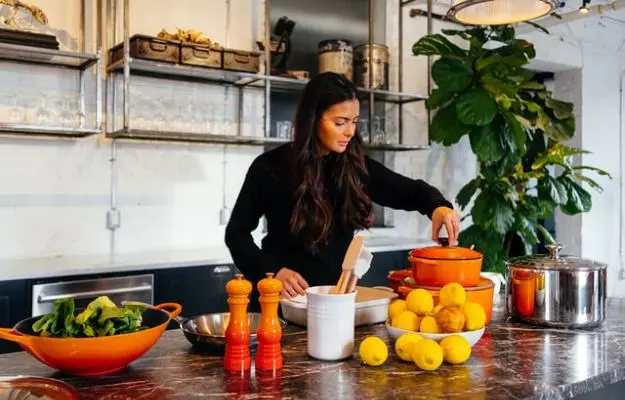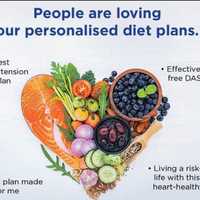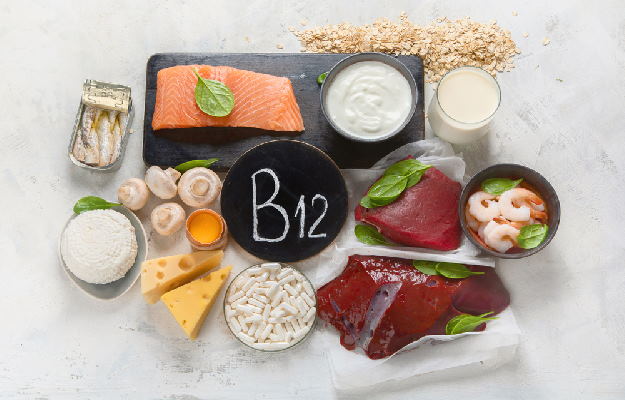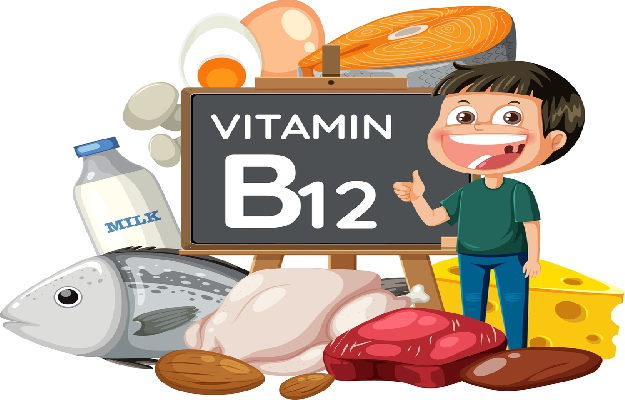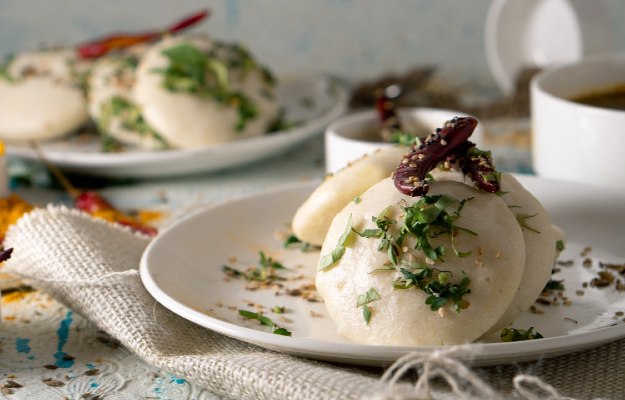One of the things that makes us very different from other species is the way we consume our food. As homo sapiens evolved, so did our methods of cooking.
We started as hunters and gatherers, which exposed us to a plethora of ingredients. There is some evidence that our ancestors could control fire about one million years ago and started cooking 500,000 years ago: the legend goes that an early human accidentally dropped a piece of meat in an open fire. The fire tenderised the meat, made it taste better and more digestible.
Then came agriculture and granaries, and we started eating (and living) differently. The affair with cooking continued and grew, though. Archaeologists have found 20,000-year-old clay pots with soot marks that show they were used for cooking in China all those years ago. Slowly but surely, cooking gained in popularity.
Over time, we learnt to cure, roast, smoke, barbecue, boil, blanch, steam, fry, marinate, stew, grill, bake, microwave, dehydrate, juice, stir-fry, pickle, ferment—not necessarily in that order.
Of course, cooking food is not just about making it tender. Done right, cooking gets rid of the germs, brings out the best flavour in food, and increases its digestibility—our body can absorb more nutrients from cooked food than raw food.
Lately, though, there's been a debate around whether cooking makes food better or worse for health. True, cooking can reduce some of the nutritive value of food—for example, water-soluble vitamins like vitamin B and vitamin C can be washed out by boiling and straining the food. But some types of "cooking" or food processing can enhance its nutritive value; for example, fermented foods like idlis, dhokla and gajar kanji drink improve gut health.
The cooking method we choose doesn't just change the texture, taste and temperature of the food, but also what it has to offer in terms of nutrients. Read on to know about the effects of different methods of cooking on the nutritive value of food and the best cooking method to preserve nutrition.

